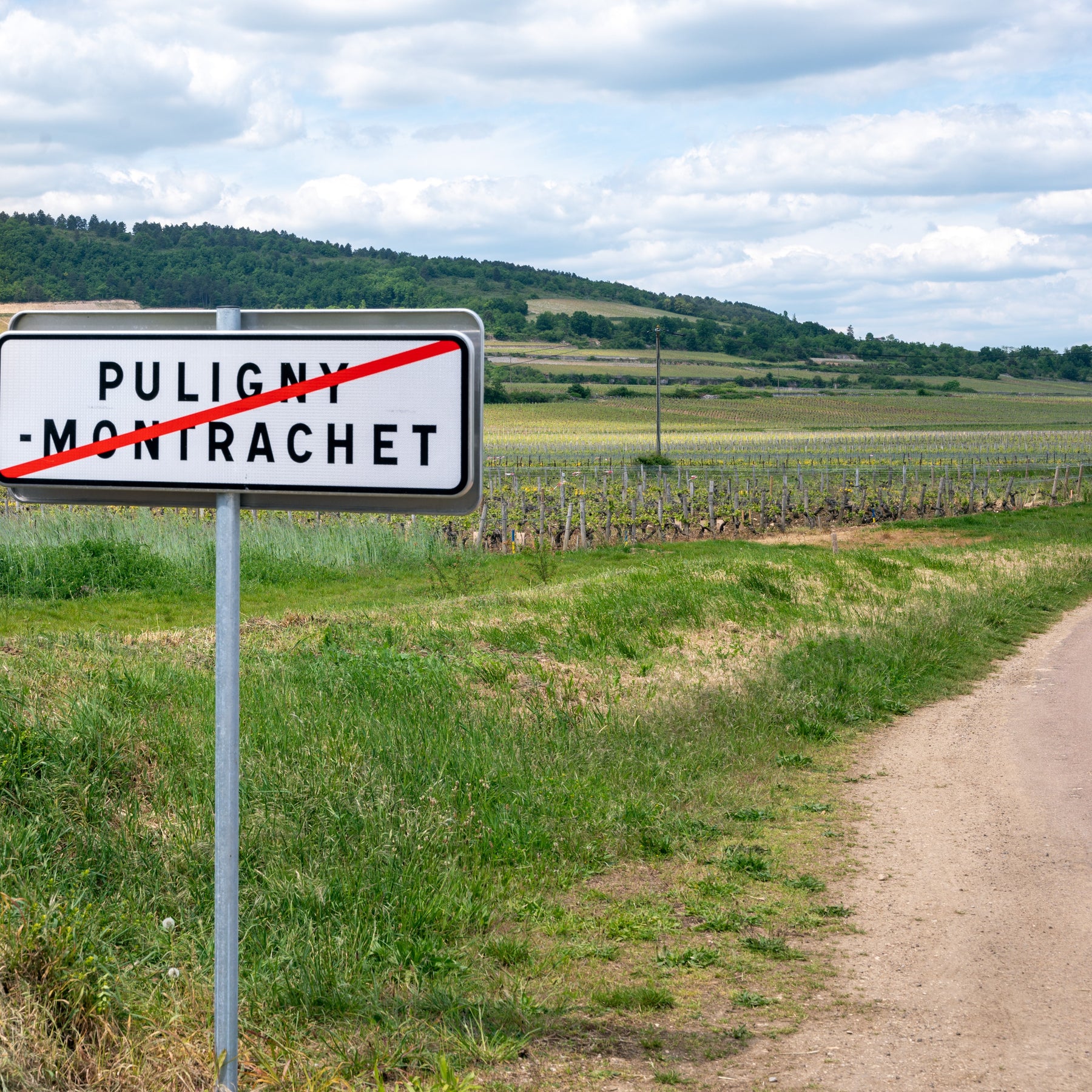8868222894412,
8868227285324,
8868225319244,
8860454191436,
8860457894220,
8860456157516,
8860452127052,
8860449538380,
8860454191436,
8860456157516,
8860452127052,
8860449538380,
8868172431692,
8868167188812,
8867959767372,
8867958096204,
8867955835212,
8867954360652,
8860478570828,
8860474081612,
8860463333708,
8861108076876,
8862452023628,
8862458642764,
8862456709452,
8862446551372,
8886975103308,
8886978216268,
8868196680012,
8868192682316,
8868187898188,
8868185637196,
8867939057996,
8867944005964,
8867942269260,
8867936960844,
8860486402380,
8860513665356,
8860519989580,
8860516778316,
8868231905612,
8918925803852,
8918712254796,
8868172431692,
8861133603148,
8861111386444,
8861099032908,
8918923051340,
8886751920460,
8868216373580,
8867923886412,
8867596108108,
8867594928460,
8867592503628,
8867591160140,
8867588145484,
8867586376012,
8862358274380,
8862354014540,
8861205823820,
8861195043148,
8861148152140,
8861146644812,
8861136519500,
8861114990924,
8861108076876,
8861097754956,
8861092905292,
8861091660108,
8868196680012,
8868222894412,
8886978216268,
8886847144268,
8886839214412,
8886833021260,
8886828269900,
8886812475724,
8886807265612,
8886786195788,
8886768271692,
8886737437004,
8886699458892,
8852826620236,
8852828717388,
8852769014092,
8852761575756,
8862418600268,
8852785725772,
8852800209228,
8868209361228,
8868237771084,
8860486402380,
8867932668236,
8868203069772,
8868227285324,
8868225319244,
8868172431692,
8868167188812,
8867939057996,
8861111386444,
8860513665356,
8886812475724,
8886807265612,
8886786195788,
8886768271692,
8886751920460,
8867959767372,
8867958096204,
8867955835212,
8867954360652,
8867944005964,
8867942269260,
8867936960844,
8867596108108,
8867594928460,
8867592503628,
8867588145484,
8862422565196,
8862418600268,
8862403723596,
8862358274380,
8862354014540,
8861148152140,
8861114990924,
8861091660108,
8860519989580,
8860516778316,
8860486402380,
8852828717388,
8852826620236,
8852825735500,
8852824850764,
8852823998796,
8852823114060,
8852785725772,
8852783628620,
8852778975564,
8852800209228,
8868231905612,
8868237771084,
8868236099916,
8868234068300,
8867932668236,
8867930669388,
8867928342860,
8867926737228,
8868231905612,
8918925803852,
8918712254796,
8886975103308,
8868222894412,
8868219289932,
8868196680012,
8868172431692,
8868167188812,
8867939057996,
8862466408780,
8862452023628,
8861133603148,
8861111386444,
8861099032908,
8860513665356,
8860454191436,
8934153716044,
8934151586124,
8934149062988,
8918923051340,
8887011049804,
8887008624972,
8886978216268,
8886847144268,
8886839214412,
8886833021260,
8886828269900,
8886812475724,
8886807265612,
8886786195788,
8886768271692,
8886751920460,
8886737437004,
8886699458892,
8868237771084,
8868236099916,
8868234068300,
8868227285324,
8868225319244,
8868216373580,
8868212769100,
8868209361228,
8868206182732,
8868203069772,
8868192682316,
8868187898188,
8868185637196,
8867959767372,
8867958096204,
8868231905612,
8918712254796,
8886975103308,
8868196680012,
8861099032908,
8918923051340,
8886978216268,
8886847144268,
8886839214412,
8886833021260,
8886828269900,
8886737437004,
8886699458892,
8868237771084,
8868236099916,
8868234068300,
8868192682316,
8868187898188,
8868185637196,
8867586376012,
8861136519500,
8861092905292,
8868212769100,
8868209361228,
8868206182732,
8868203069772,
8852744143180,
8852742340940,
8852741095756,
8852738933068,
8851264110924,
8886847144268,
8886839214412,
8886833021260,
8886828269900,
8886737437004,
8886699458892,
8934153716044,
8934151586124,
8934149062988,
8886847144268,
8862427382092,
8862422565196,
8862418600268,
8862403723596,
8886812475724,
8886807265612,
8886786195788,
8886768271692,
8886751920460,
8852800209228,
8852785725772,
8852783628620,
8852778975564,
8852828717388,
8852826620236,
8852825735500,
8852824850764,
8852823998796,
8852823114060,
8852769014092,
8852764426572,
8852770881868,
8852761575756,
8868219289932,
8900213375308,
8934153716044,
8934151586124,
8934149062988,
8861146644812,
8852770881868,
8852769014092,
8852764426572,
8852761575756,
8852753350988,
8852752499020,
8852744143180,
8852742340940,
8852741095756,
8852738933068,
8851264110924,
8852753350988,
8852752499020,
8860513665356,
8868227285324,
8868216373580,
8867959767372,
8867926737228,
8867594928460,
8867586376012,
8862446551372,
8861195043148,
8861148152140,
8861114990924,
8861091660108,
8860463333708,
8860449538380,
8852778975564,
8852753350988,
8852752499020,
8860478570828,
8860474081612,
8860463333708,
8918925803852,
8918712254796,
8886975103308,
8868196680012,
8868167188812,
8862466408780,
8861099032908,
8860454191436,
8934149062988,
8887011049804,
8886978216268,
8886839214412,
8886833021260,
8886828269900,
8886812475724,
8886807265612,
8868237771084,
8868236099916,
8868227285324,
8868225319244,
8868206182732,
8868203069772,
8868192682316,
8867959767372,
8867958096204,
8867942269260,
8867932668236,
8867926737228,
8867592503628,
8867591160140,
8867586376012,
8862472077644,
8862467227980,
8862458642764,
8861108076876,
8861097754956,
8861092905292,
8861091660108,
8860486402380,
8860478570828,
8860456157516,
8860452127052,
8860449538380,
8852825735500,
8852764426572,
8852761575756,
8852753350988,
8852744143180,
8852742340940,
8868172431692,
8867939057996,
8934153716044,
8867944005964,
8867928342860,
8867596108108,
8862456709452,
8862427382092,
8887011049804,
8887008624972,
8862466408780,
8862472077644,
8862467227980,
8862465458508,
8861205823820,
8918925803852,
8868222894412,
8868219289932,
8887011049804,
8887008624972,
8868227285324,
8868225319244,
8868216373580,
8867932668236,
8867930669388,
8867928342860,
8867926737228,
8867591160140,
8861097754956,
8918923051340,
8886847144268,
8867930669388,
8867588145484,
8862427382092,
8862422565196,
8862418600268,
8862403723596,
8862358274380,
8862354014540,
8852800209228,
8852785725772,
8852783628620,
8852778975564,
8862466408780,
8862472077644,
8862467227980,
8862465458508,
8862452023628,
8867923886412,
8862458642764,
8862456709452,
8862446551372,
8868231905612,
8868222894412,
8868219289932,
8862452023628,
8861133603148,
8860513665356,
8934151586124,
8918923051340,
8887008624972,
8886847144268,
8886768271692,
8886751920460,
8886737437004,
8886699458892,
8868234068300,
8868216373580,
8868212769100,
8868209361228,
8868187898188,
8868185637196,
8867955835212,
8867954360652,
8867936960844,
8867930669388,
8867923886412,
8867594928460,
8867588145484,
8862465458508,
8862446551372,
8862422565196,
8862358274380,
8862354014540,
8861205823820,
8861195043148,
8861148152140,
8861146644812,
8861136519500,
8861114990924,
8860519989580,
8860516778316,
8860474081612,
8860463333708,
8852828717388,
8852826620236,
8852824850764,
8852823998796,
8852823114060,
8851264110924,
8852770881868,
8852769014092,


